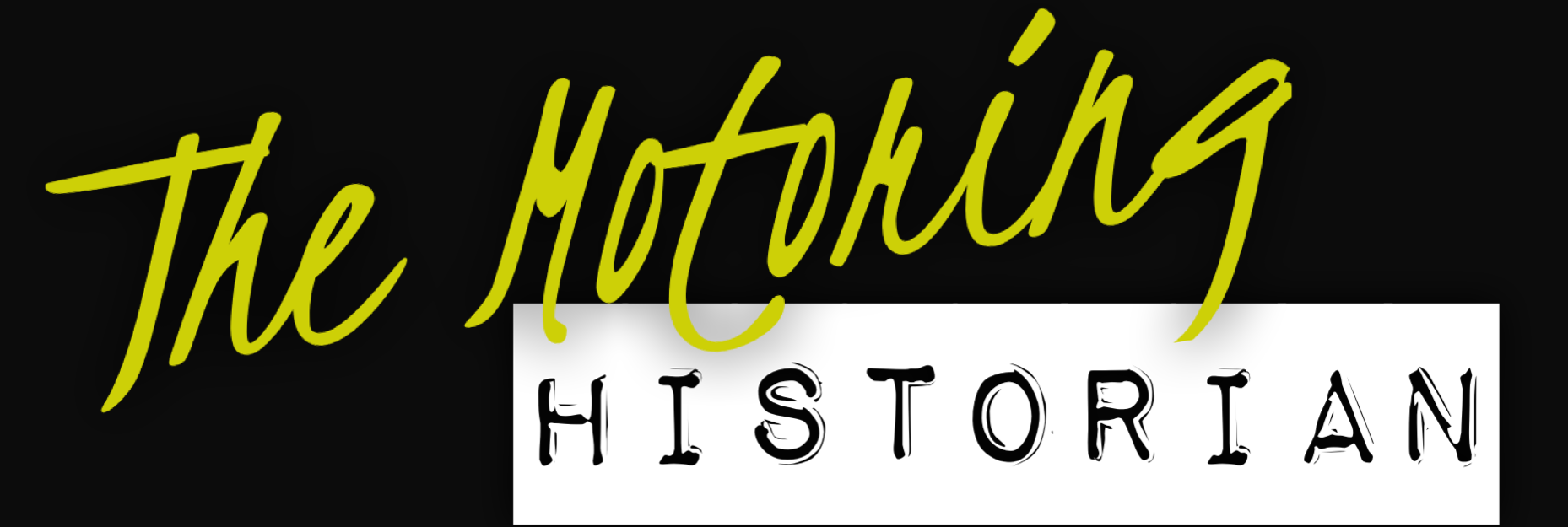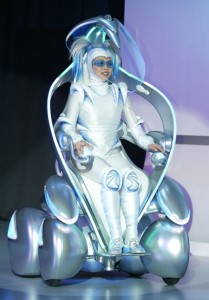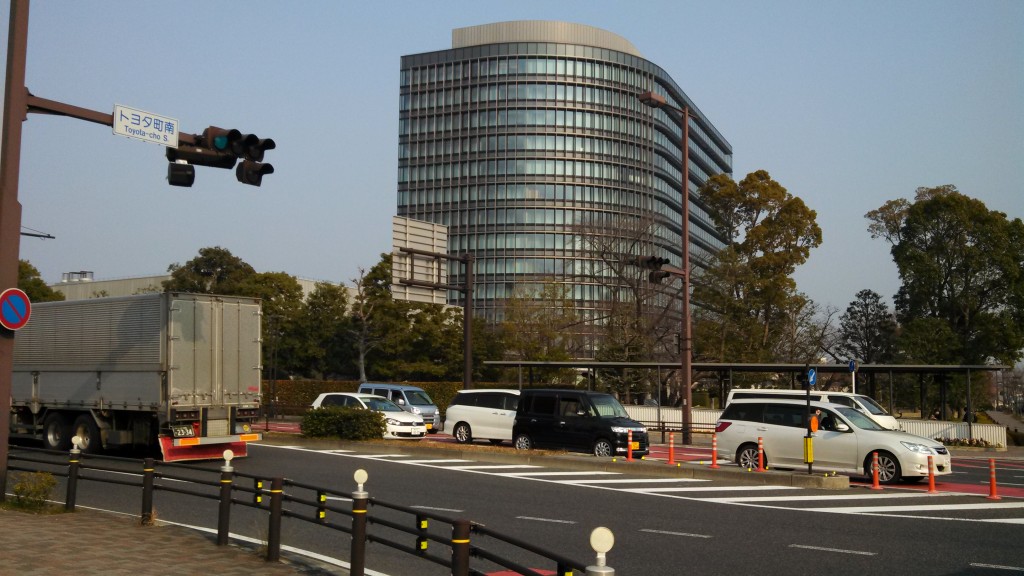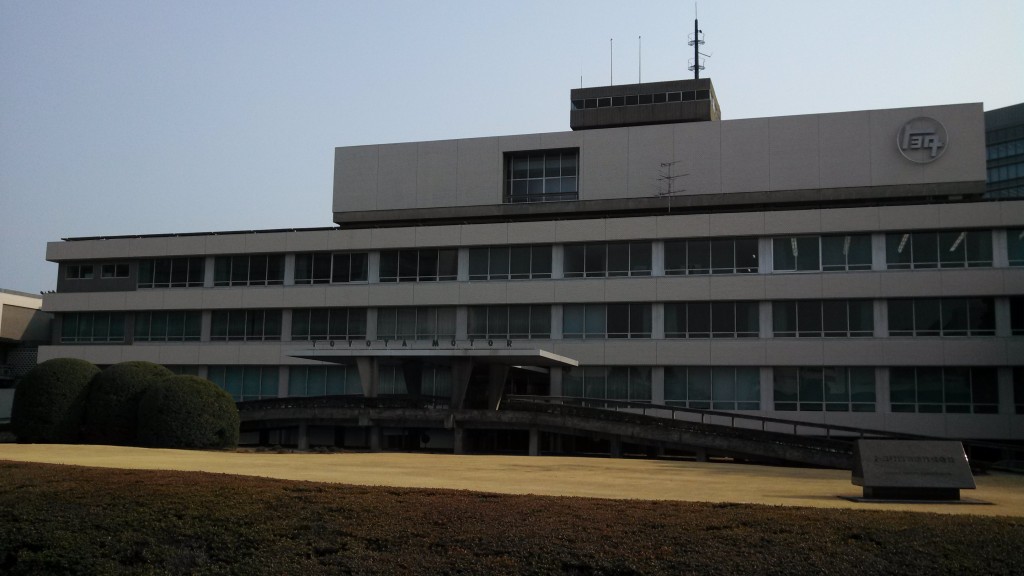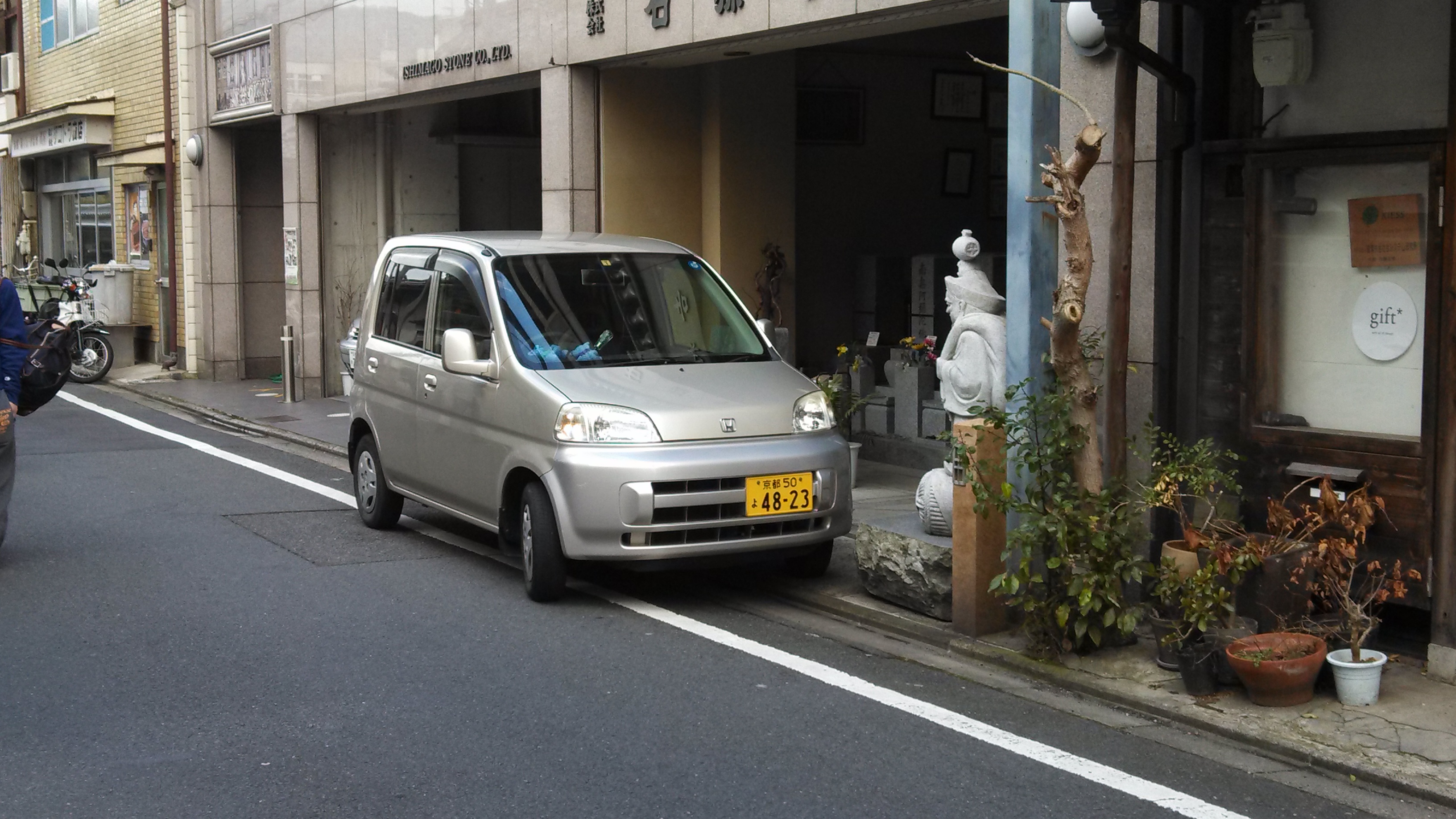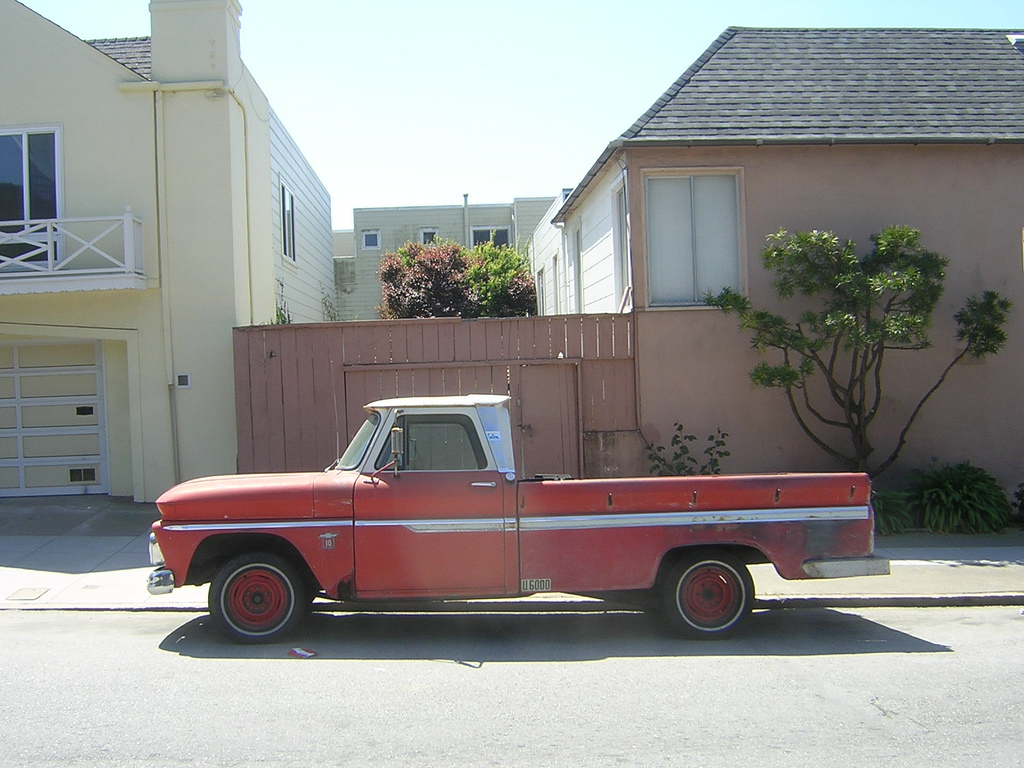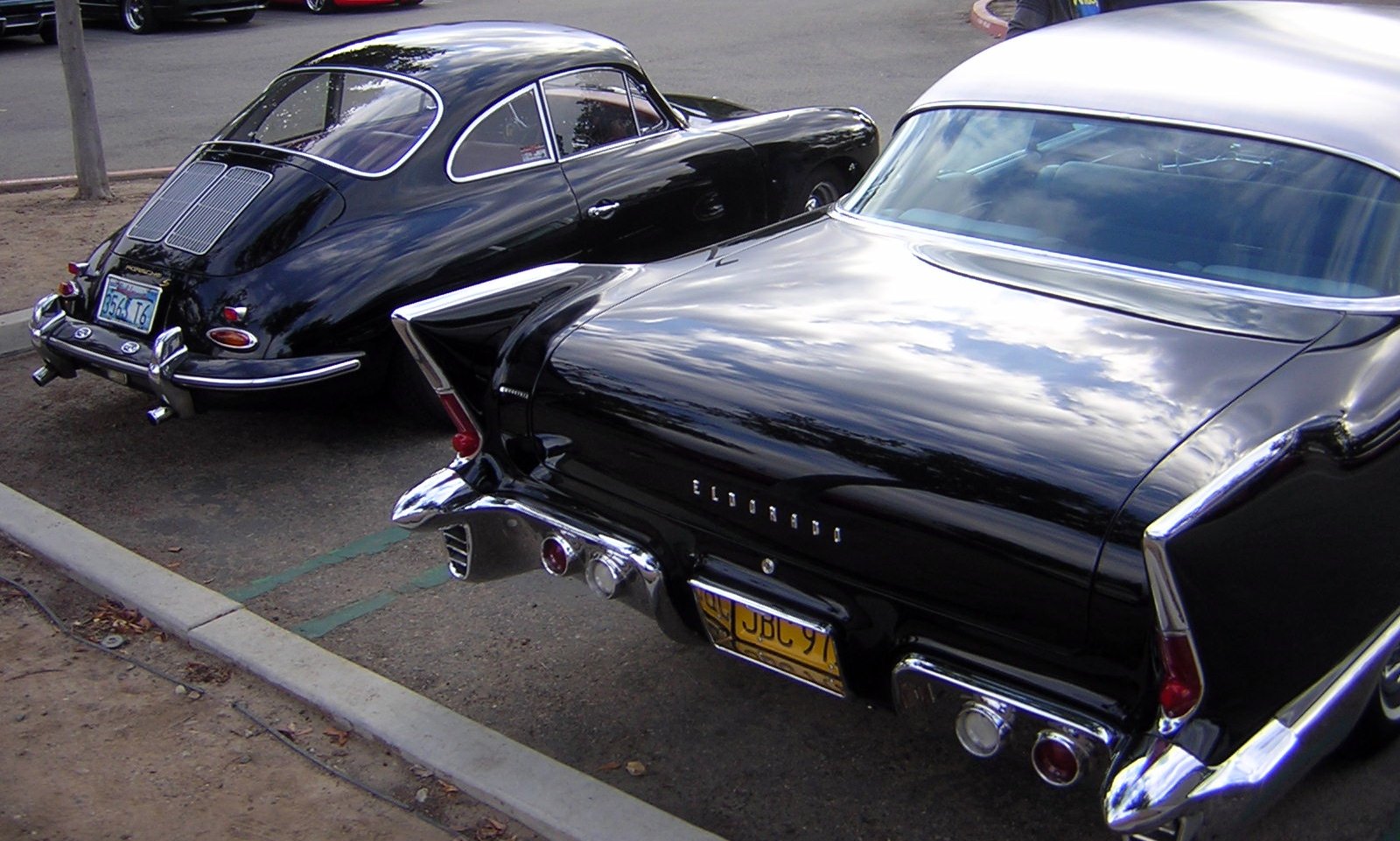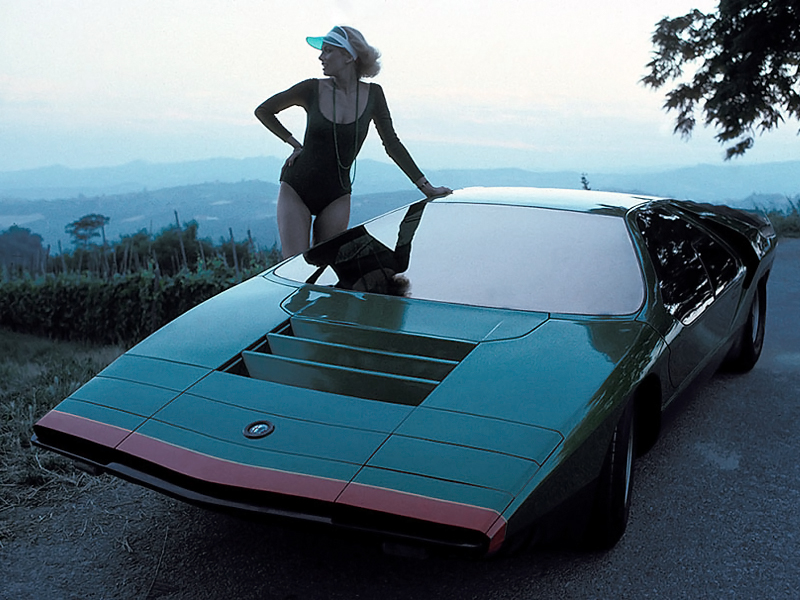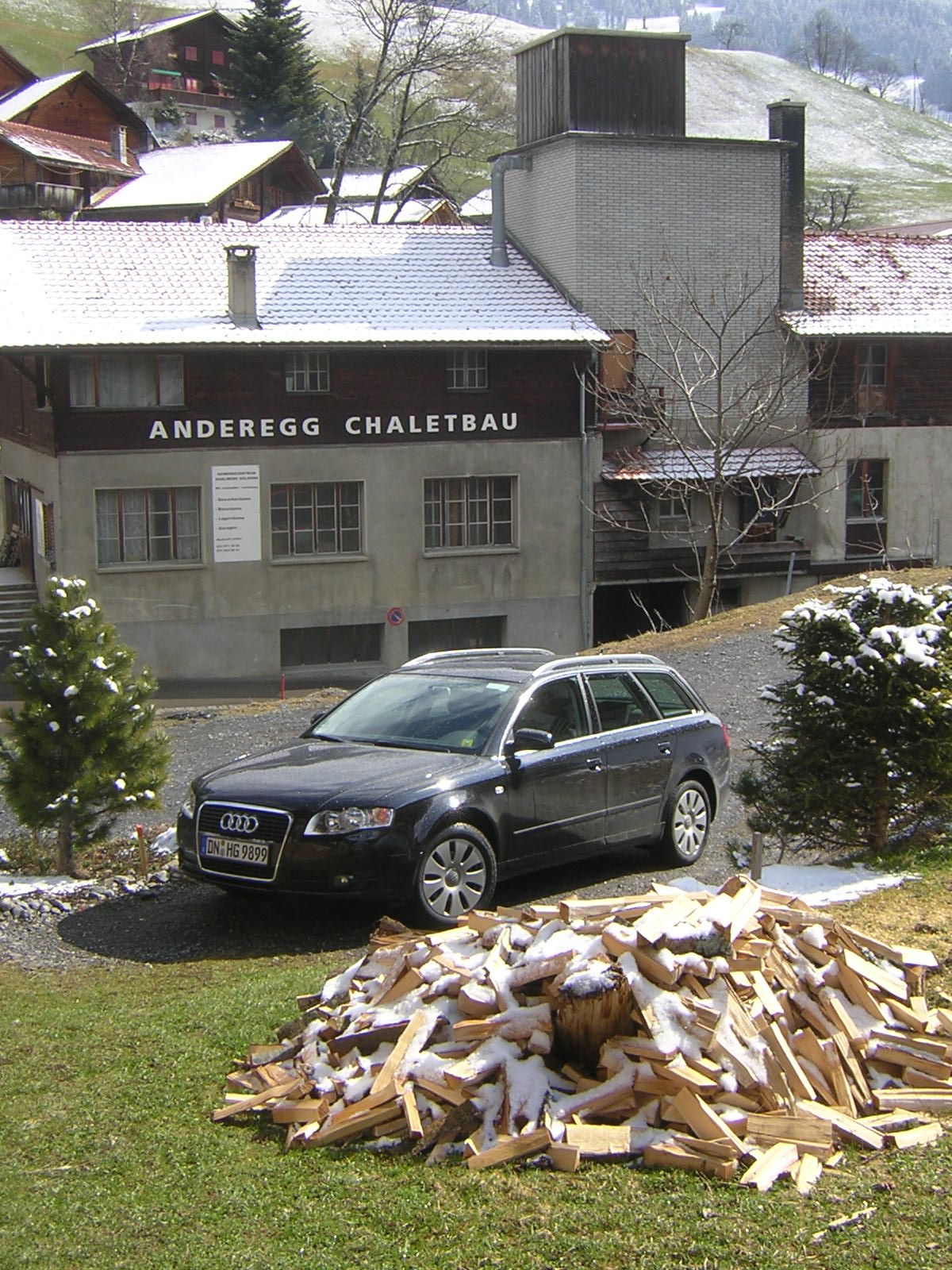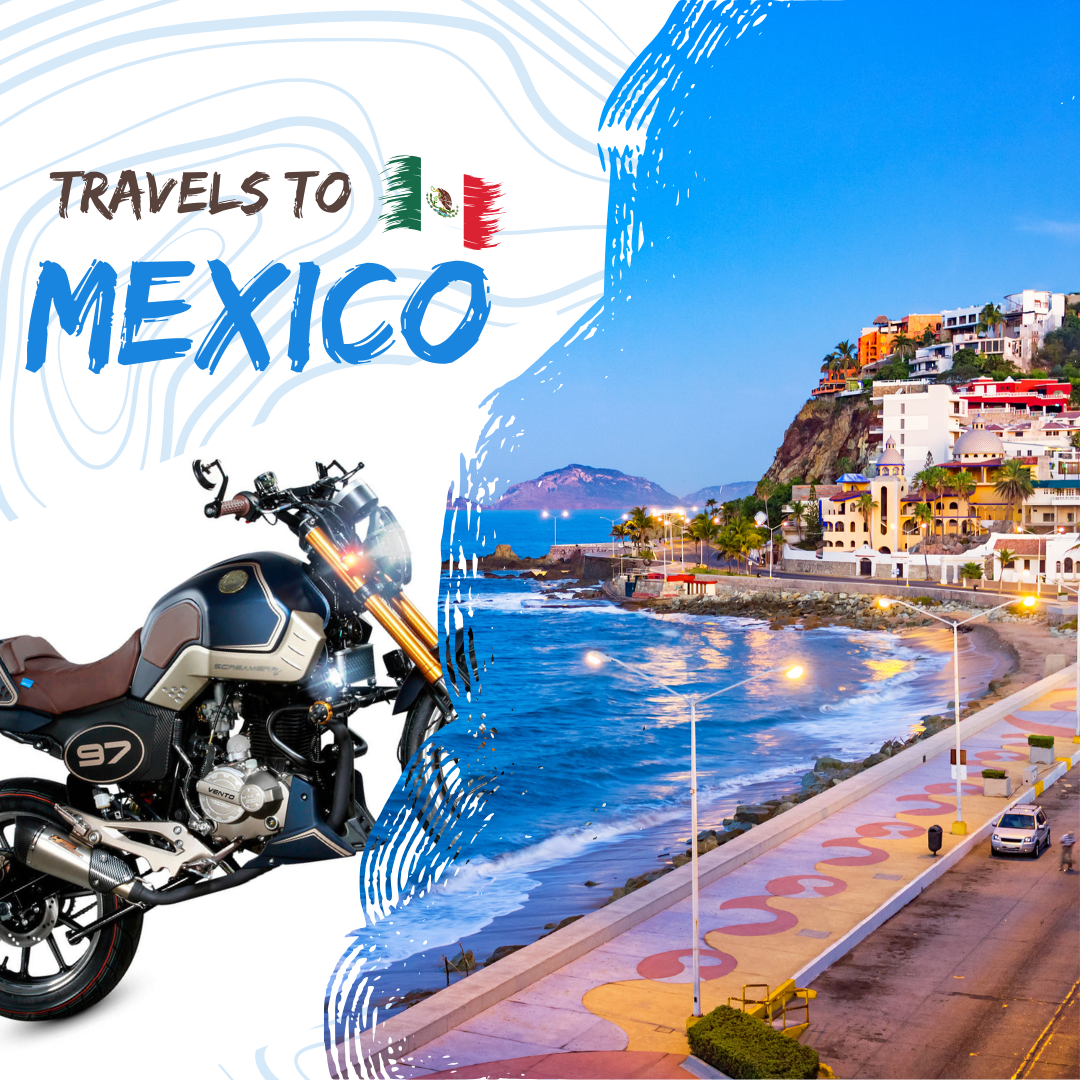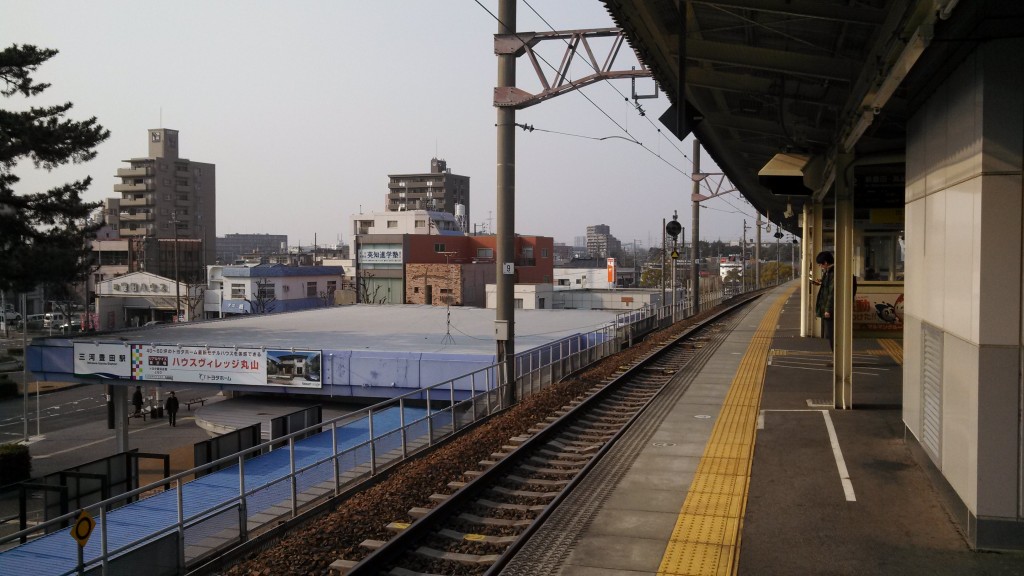 Some years ago I was amazed to learn that Toyota is not only a car company, but a place too. Knowing this, I was very curious to visit. What would I find ? Detroit ? Stuttgart ? Coventry ? something completely different ?
Some years ago I was amazed to learn that Toyota is not only a car company, but a place too. Knowing this, I was very curious to visit. What would I find ? Detroit ? Stuttgart ? Coventry ? something completely different ?
I booked a factory tour online, and hopped on a train from Tokyo to visit. Planning my journey, it had become clear that this was no Motor City, rather it was a provincial town near Nagoya, a few hours west of the capital. I was slow in exiting the station – some excitement over not having the right ticket and needing to pay extra – and thus it was I missed the two cabs which were waiting. When they left, the only people in the square were a couple of old Japanese, with witches brooms, sweeping up the station courtyard. The only sounds were the birds, and the sweeping.
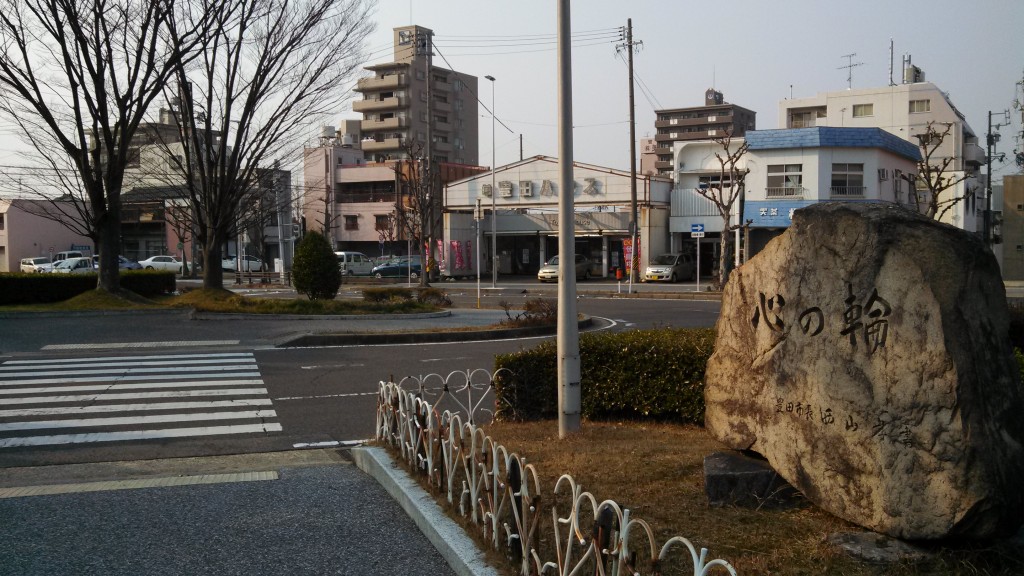
In time, one cab returned, and I climbed aboard, hoping the information the hotel concierge had written down for me back in Tokyo had some meaning for the cabby. He dropped me infront of exactly the kind of silver corporate building one would expect of Toyota. There was a little exhibition inside, a Toyota 2000 Cabrio nestling alongside a Lexus LFA in reception, and some new cars, including a BRZ/FRS with a Toyota badge which was the first of the model I had sat in. I tried to open the hood, but was told by a doll-like employee this was “too dangerous” and I was not permitted. Instead, I let her take some rather unflattering pictures of me looking bemused sitting in a Toyota one person mobility solution: the model driving it here looks rather more at home than me, although I think she used to be in Battle of the Planets
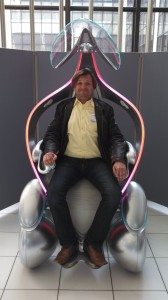
You “drive” it using a weird lumpy silver phallus which is under your right hand, and it reclines at speed, dining room chair to lazyboy. Eww.
Aboard the tour bus, we learned that the shiny silver building was indeed the Global HQ. It looked like something regional to me – none of the grandiosity of towers in Munich, or downtown Detroit. It had only opened in 2005; lurking in its shadow behind was the old global HQ, a two or three storey sixties effort which would unobtrusively fit in any trading estate from Palermo to Aberdeen. I wasn’t expecting the Pompidou Center, but this was beyond understatement.
The bus took us to the plant, which was opened in 1959. One girl presented, two others took notes on her performance. Toyota have been around since 1937, but only as a car maker since the war. Apparently they made sewing machines, and such good ones that the market leader, a British company, bought the patent from Toyota. With this lump sum, Toyota set out to make cars; recognizing the effort, the government renamed the town in honour of the company. In this I find myself thinking of Stalingrad – a place re-named by the state because of what it will become, not what it had been before the renaming. This wasn’t about car building, or even a British-style postwar export drive, this was quite literally the nation getting back up onto it’s feet.
The factory itself reminded me less of Dearborn, home of the Ford F-series, and far more of Longbridge, the old Morris plant in Oxford. Conditions seemed quite cramped, and while hardly oil-stained, it was grubby and old. It makes Crowns, an Avensis-like affair called the Mark X ( as in X Men, not the roman numeral for 10 ) and the Estima, which appears to be the Previa egg shaped people carrier I hoped had remained trapped in the mid-nineties but is back from the dead and all over Asia; all move down the same production line, hybrid, conventional, front- and rear-wheel drive platforms right next to each other. The tour was themed around Toyota’s innovations, such as Just In Time manufacturing, rather than attempting to show the process by which cars are actually made, from pressed body panel to new Tokyo taxicab. They seemed most excited about the innovation which sees them removing the doors after painting so that workers have the widest aperture possible to get in a build the interior without scratching the doors.
Returning to the bus, the tour guide now explained the origin of the name; as she did this, I realized we were sitting right outside a Honda dealership. That’s right, you can buy a Honda in Toyota. The founder was called Toyoda; the change in the last syllable was to distance the car, and the company from the family name. It was more commercial, in that the name flows of the tongue more smoothly, and also more poetic, in that the Japanese script for Toyota takes eight strokes of the pen, while Toyoda takes ten. Eight is a lucky number in Japan, since the symbol looks like Mount Fuji, long identified by Japanese with their nation.
Flicking around the TV channels in the hotel one evening, I began watching a show I had seen advertised on billboards. It was called “The Leaders” and seemed to be a dramatized account of the building of Toyota. Here, the rebuilding of the nation message was being hammered out board room drama style. There weren’t many cars, or women, but there were plenty of scenes taking place in board rooms or offices, where the protagonists were called upon to make compelling speeches or impassioned appeals, which typically concluded in a close up of the speaker’s eyes.
BMW have traded for years as “The Ultimate Driving Machine” and in the twentieth century, when we drove our own cars, and many of us enjoyed doing it, this was a good way to sell cars. Toyota traded instead on reliability and quality, its vehicles existing to improve society. The company had existed half a century before building their first faintly aspirational car, the 2000 I had encountered in reception, and it should be remembered that the best bits of the 2000 were Yamaha’s: the hotrod cylinder head and beautiful wood interior. But this very practicality makes Toyota uniquely positioned to pivot away from putting internal combustion engines in steel bodies, and towards delivering the innovative mobility solutions demanded by the twenty-first century.
For those of you who missed this on Twitter, the Toyota Trumpet Playing Robot. I recognize the tune – it is “Fingernails Down a Blackboard” isn’t it ?
